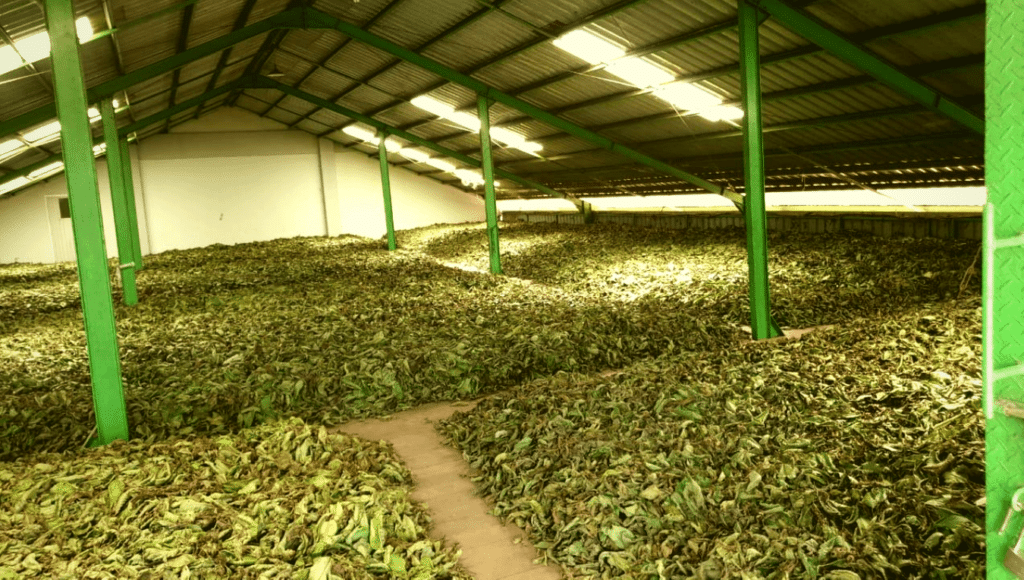
The Case for Indoor Drying: Unlocking the Benefits of Superior Kratom Quality
When it comes to producing high-quality kratom, the drying process plays a pivotal role in determining the potency, aroma, and overall efficacy of the final product. While both indoor and outdoor drying methods are utilized in the kratom industry, there’s a growing recognition of the distinct advantages offered by indoor drying techniques. In this article, we explore why indoor drying is emerging as the preferred method for preserving the integrity and purity of kratom leaves.
**1. Precision Control of Environmental Factors**
Indoor drying provides growers with unparalleled control over environmental factors such as temperature, humidity, and airflow. By carefully regulating these variables, producers can create an optimal drying environment that minimizes the risk of mold, contamination, and degradation of alkaloid content. This precision control ensures consistency and uniformity in the drying process, resulting in kratom leaves that retain their potency and medicinal properties.
**2. Protection Against Contaminants and Pests**
One of the primary concerns with outdoor drying methods is the exposure of kratom leaves to environmental contaminants, pollutants, and pests. Unlike outdoor drying, which exposes kratom leaves to the elements and potential sources of contamination, indoor drying provides a controlled and sanitized environment that safeguards the integrity of the leaves. This protection against contaminants ensures that the final product is free from impurities and safe for consumption.
**3. Preservation of Aroma and Flavor Profiles**
Indoor drying methods are renowned for their ability to preserve the natural aroma and flavor profiles of kratom leaves. By drying kratom indoors, producers can minimize exposure to sunlight and air pollutants, which can degrade the delicate compounds responsible for the distinctive scent and taste of kratom. The result is a product that maintains its aromatic richness and flavor complexity, enhancing the overall sensory experience for consumers.
**4. Minimization of Oxidation and Degradation**
Exposure to sunlight and oxygen during outdoor drying can accelerate the oxidation and degradation of kratom alkaloids, diminishing the potency and efficacy of the final product. Indoor drying methods, on the other hand, minimize exposure to these factors, thereby preserving the integrity of the alkaloid profile and maximizing the therapeutic benefits of kratom. This preservation of alkaloid content ensures that consumers receive a potent and effective product with every dose.
**5. Consistency and Quality Assurance**
Indoor drying allows producers to maintain a higher level of consistency and quality assurance throughout the drying process. By standardizing environmental conditions and drying protocols, producers can ensure that each batch of kratom meets stringent quality standards and specifications. This consistency not only enhances the overall quality of the product but also instills confidence in consumers, who can rely on the reliability and efficacy of indoor-dried kratom.
In conclusion, the shift towards indoor drying methods represents a significant advancement in the production of high-quality kratom. By providing producers with greater control over environmental factors, protection against contaminants, preservation of aroma and flavor profiles, minimization of oxidation, and degradation, and ensuring consistency and quality assurance, indoor drying techniques unlock a host of benefits that ultimately result in a superior kratom product. As consumer demand for premium kratom continues to grow, the adoption of indoor drying methods is poised to play a central role in shaping the future of the kratom industry.
